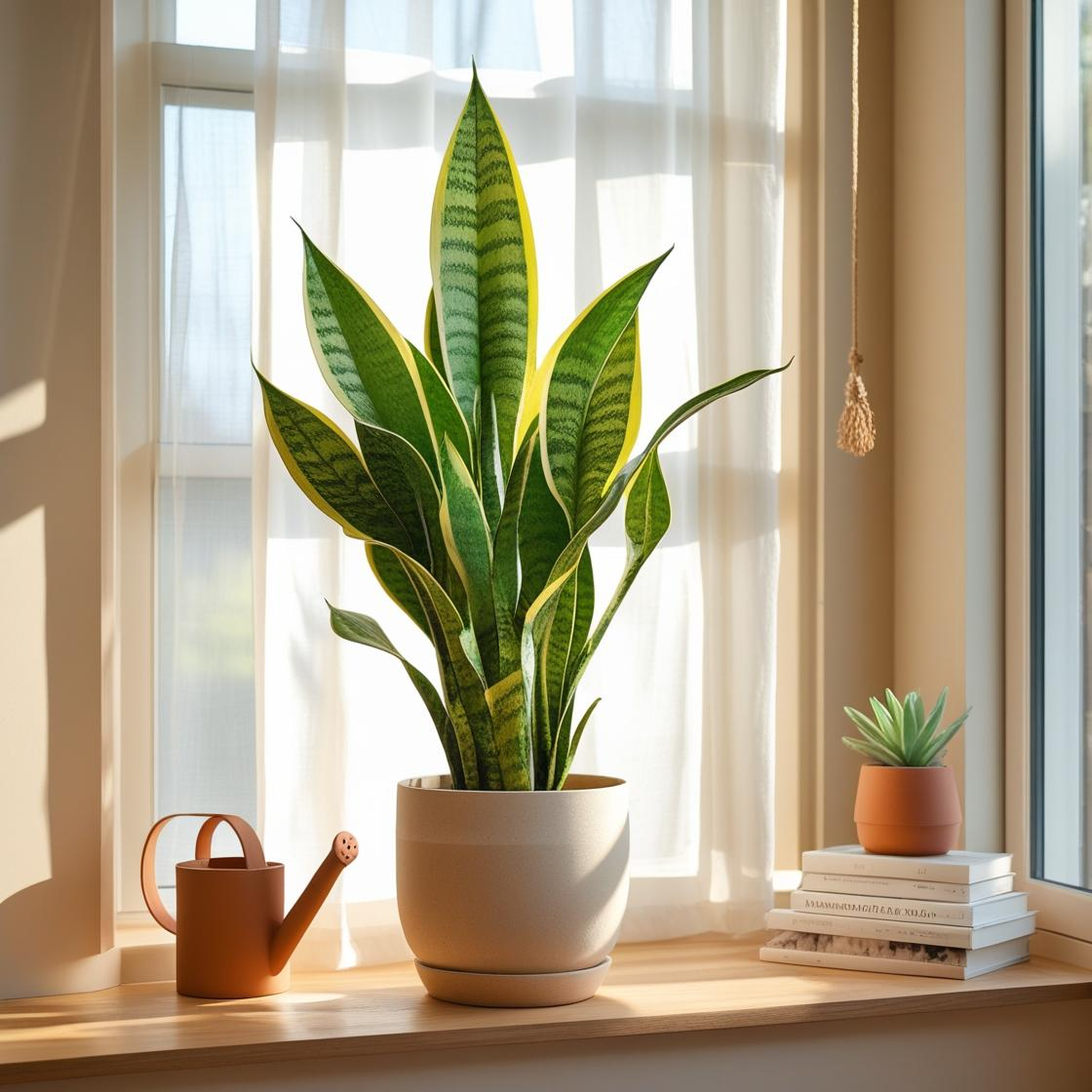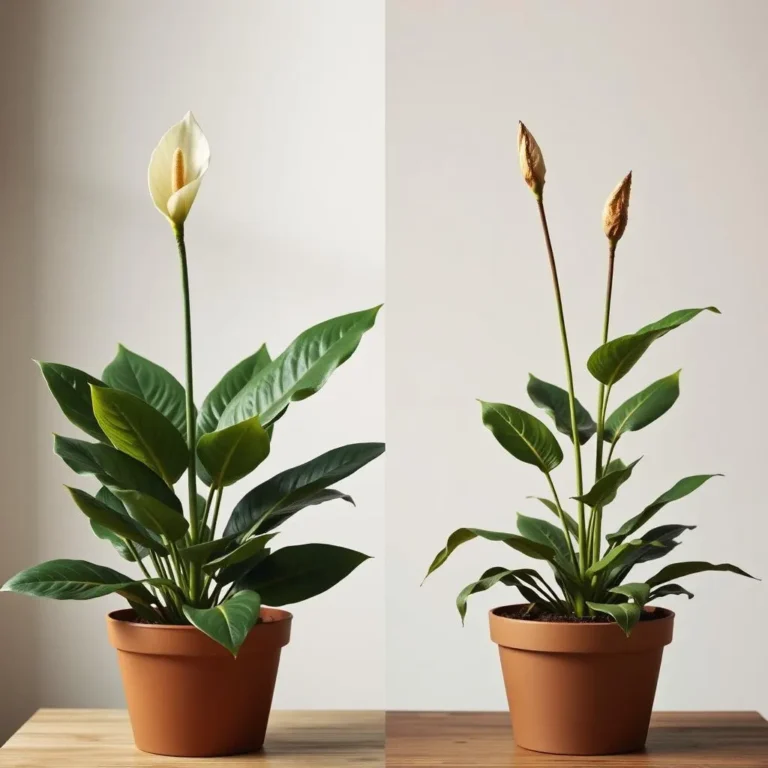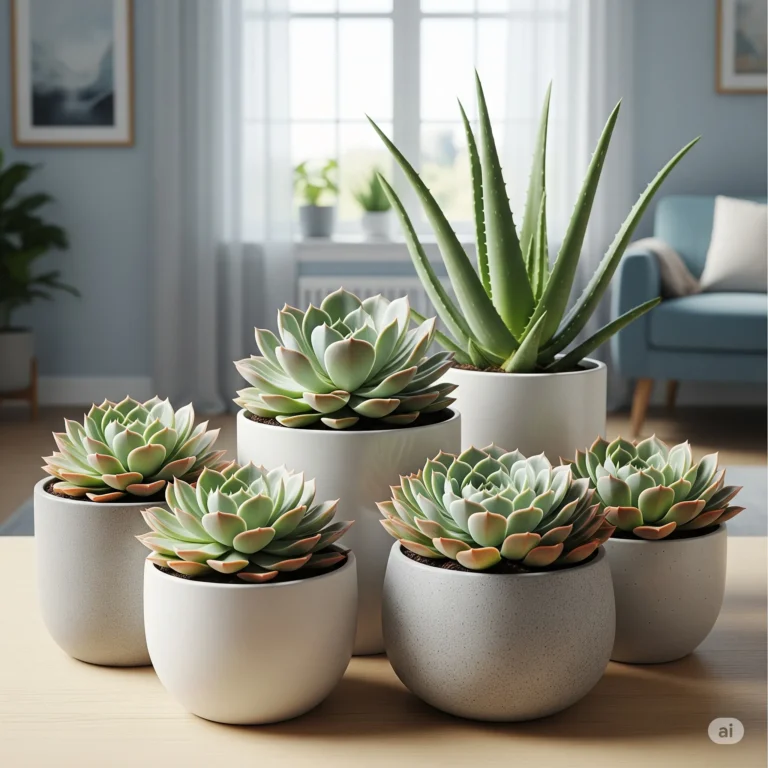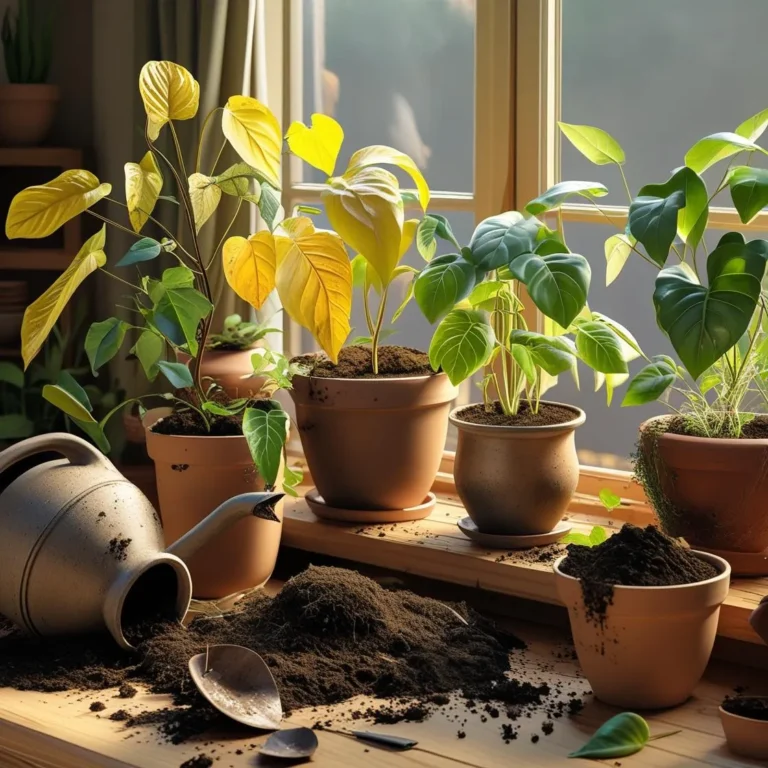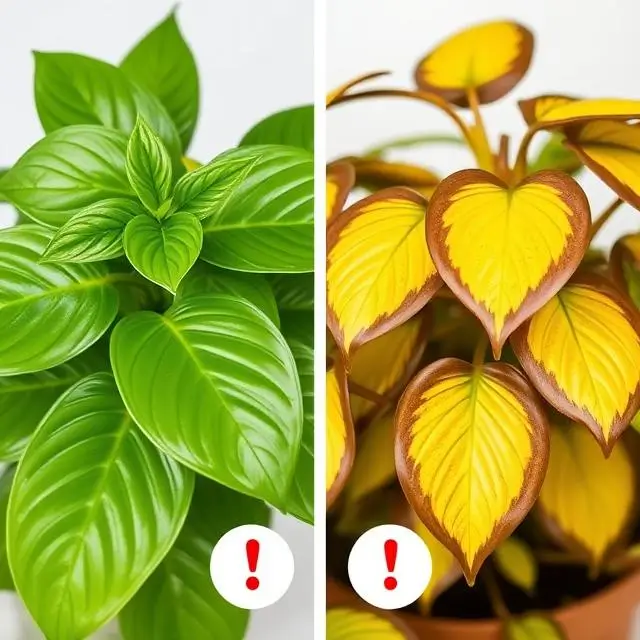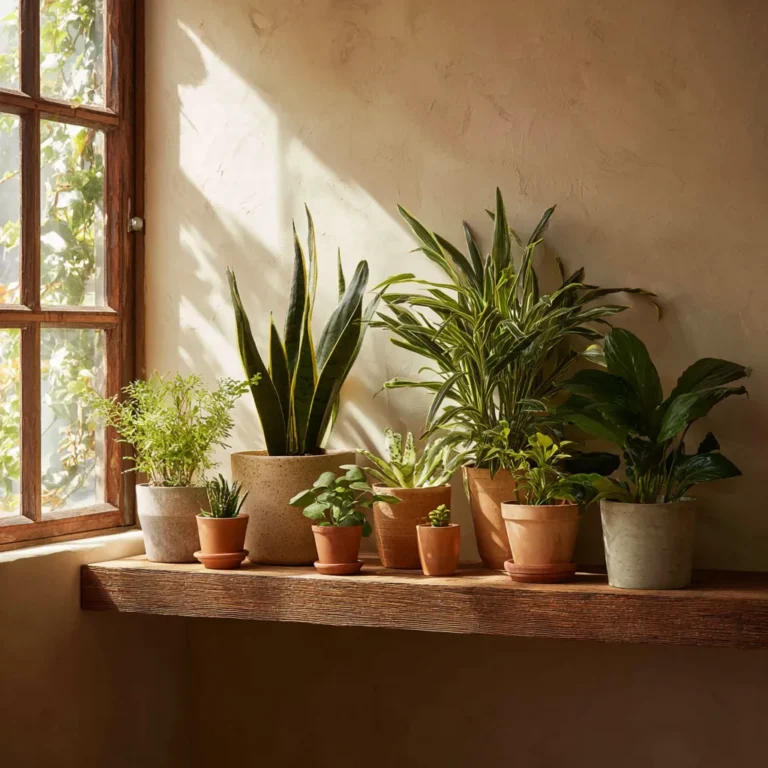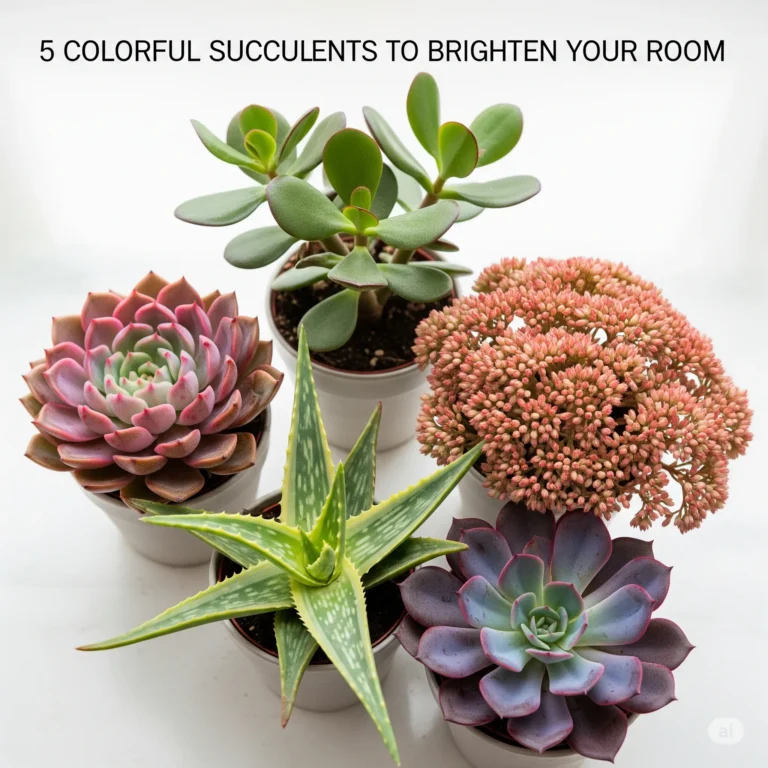How to Care for Snake Plant – Complete Indoor Plant Guide
The Snake Plant (Sansevieria trifasciata), also known as Mother-in-Law’s Tongue, is the ultimate beginner-friendly indoor plant that’s taken the houseplant world by storm. This striking Snake Plant combines dramatic architectural beauty with nearly indestructible care requirements, making it perfect for busy plant parents, frequent travelers, and anyone wanting stylish indoor greenery without the fuss.
What makes the Snake Plant so incredibly popular? Beyond its stunning sword-like leaves and modern aesthetic, this remarkable air purifier thrives on neglect, tolerates low light conditions, and even produces oxygen at night. Whether you’re starting your plant journey or adding to your collection, the Snake Plant delivers maximum impact with minimal effort.
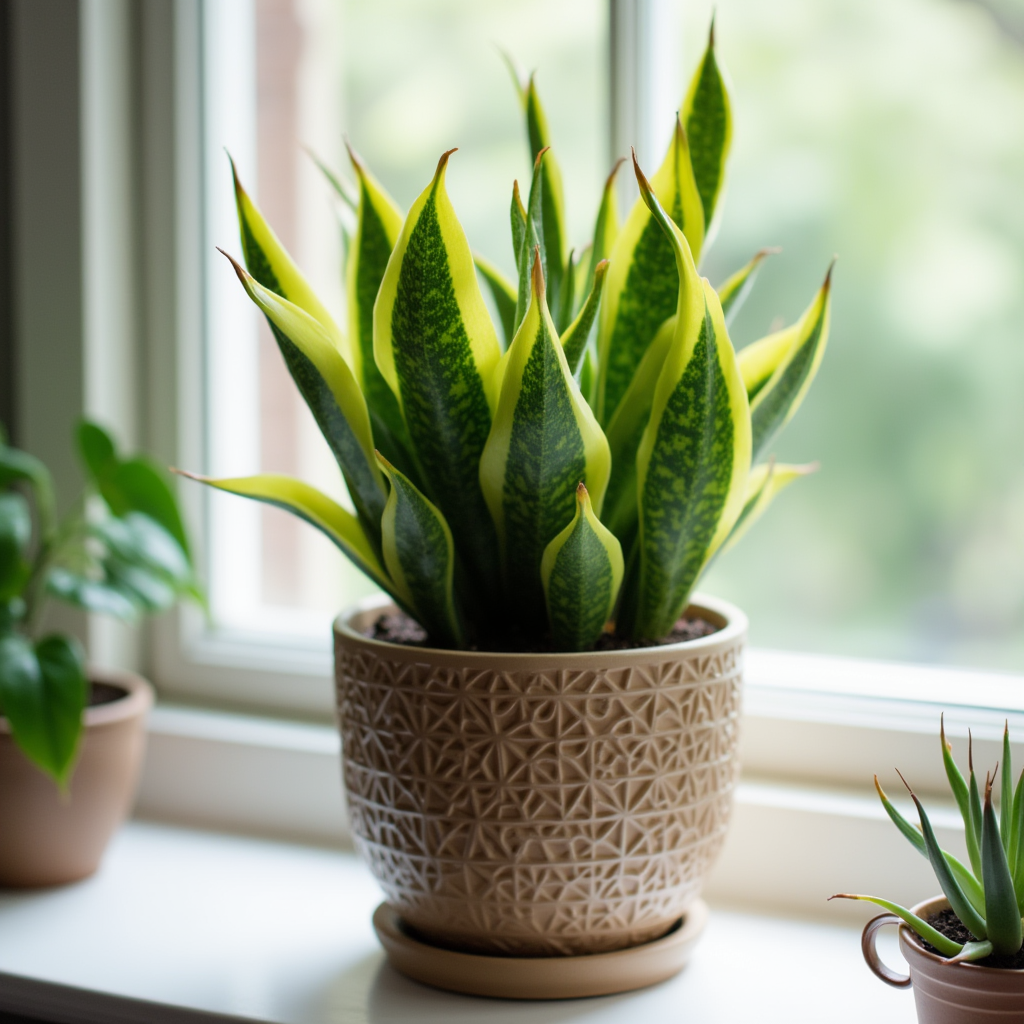
Quick Overview Table
| Attribute | Detail |
|---|---|
| Common Name | Snake Plant, Mother-in-Law’s Tongue |
| Botanical Name | Sansevieria trifasciata |
| Light | Low to bright indirect |
| Water | Infrequent (every 2–3 weeks) |
| Temperature | 60–85°F (15–29°C) |
| Toxicity | Toxic to pets |
| Soil | Well-draining succulent mix |
| Difficulty | ★☆☆☆☆ (Very Easy) |
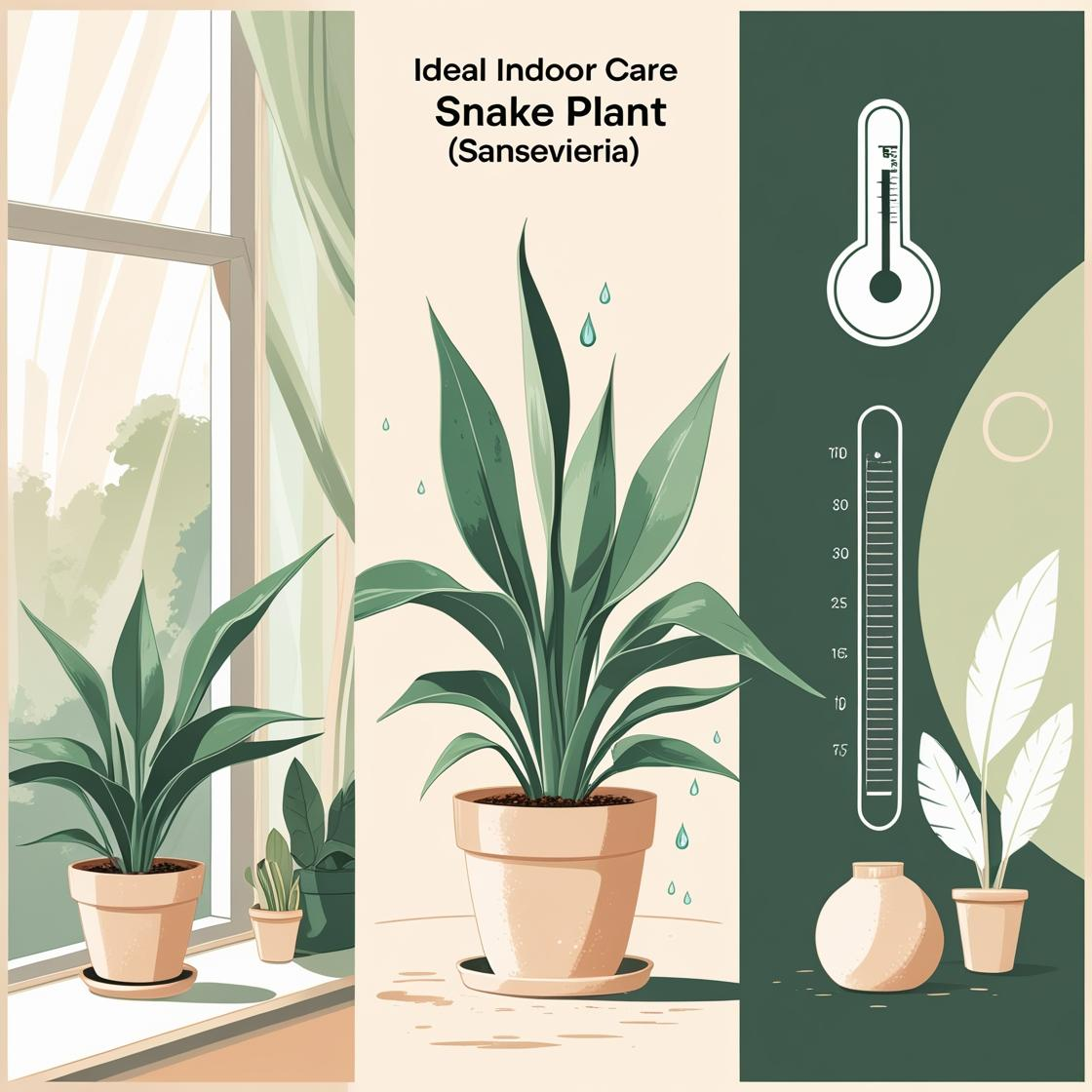
Plant Description
The Snake Plant originates from the arid regions of West Africa, where it evolved to survive harsh conditions with minimal water and varying light levels. This resilient succulent features dramatic, sword-like vertical leaves with striking dark green patterns and bright yellow borders that create a bold architectural statement in any room.
Perfect for: Offices, bedrooms, bathrooms, low-light spaces, and anyone wanting a stylish, low-maintenance indoor plant that doubles as natural air purification.
Light Needs – Room Compatibility
| Room Type | Suitable? | Notes |
|---|---|---|
| Bathroom | ✅ | Tolerates humidity, low light |
| Living Room | ✅✅ | Indirect bright light preferred |
| Bedroom | ✅✅ | Perfect – releases oxygen at night |
| Office | ✅ | Thrives under fluorescent lights |
| Basement | ⚠️ | May survive, grows slower |
Your Snake Plant adapts to almost any lighting condition, from low light corners to bright indirect sunshine. While it prefers moderate to bright light for optimal growth, it’s one of the few indoor plants that actually tolerates dark spaces.
Watering Guide – Visual Checklist
✅ Let soil dry completely before watering
✅ Use pot with drainage holes
✅ Water at soil level, not leaves
❌ Never let it sit in standing water
❌ Don’t follow a strict schedule
💧 Watering frequency: Every 2–3 weeks in warm weather; once a month in winter. The Snake Plant’s thick leaves store water, making it extremely drought-tolerant.
Temperature & Humidity Requirements
Ideal range: 60–85°F (15–29°C)
Humidity needs: Standard household humidity (30-50%) is perfect
Avoid: Cold drafts, temperatures below 50°F, and frost exposure
The Snake Plant thrives in typical indoor conditions without requiring additional humidity, making it perfect for dry homes and offices with heating or air conditioning.
Soil & Repotting Schema
Best Soil Mix Recipe:
- 2 parts cactus/succulent soil
- 1 part perlite or pumice
- Optional: handful of coarse sand for extra drainage
Repotting Schedule: Every 2–3 years or when roots push out of drainage holes
Best time: Spring when growth is most active
Pot size: Only slightly larger than current pot – Snake Plants prefer being slightly root-bound
Propagation Step-by-Step Guide
| Step | Method | Instructions | Timeline |
|---|---|---|---|
| 1 | Leaf Cutting | Cut healthy leaf into 4-6 inch sections | 5 minutes |
| 2 | Dry Time | Let cut ends callous for 1–2 days | 1-2 days |
| 3 | Rooting | Place in water or moist soil | 2-6 weeks |
| 4 | New Growth | Watch for baby plants at base | 2-3 months |
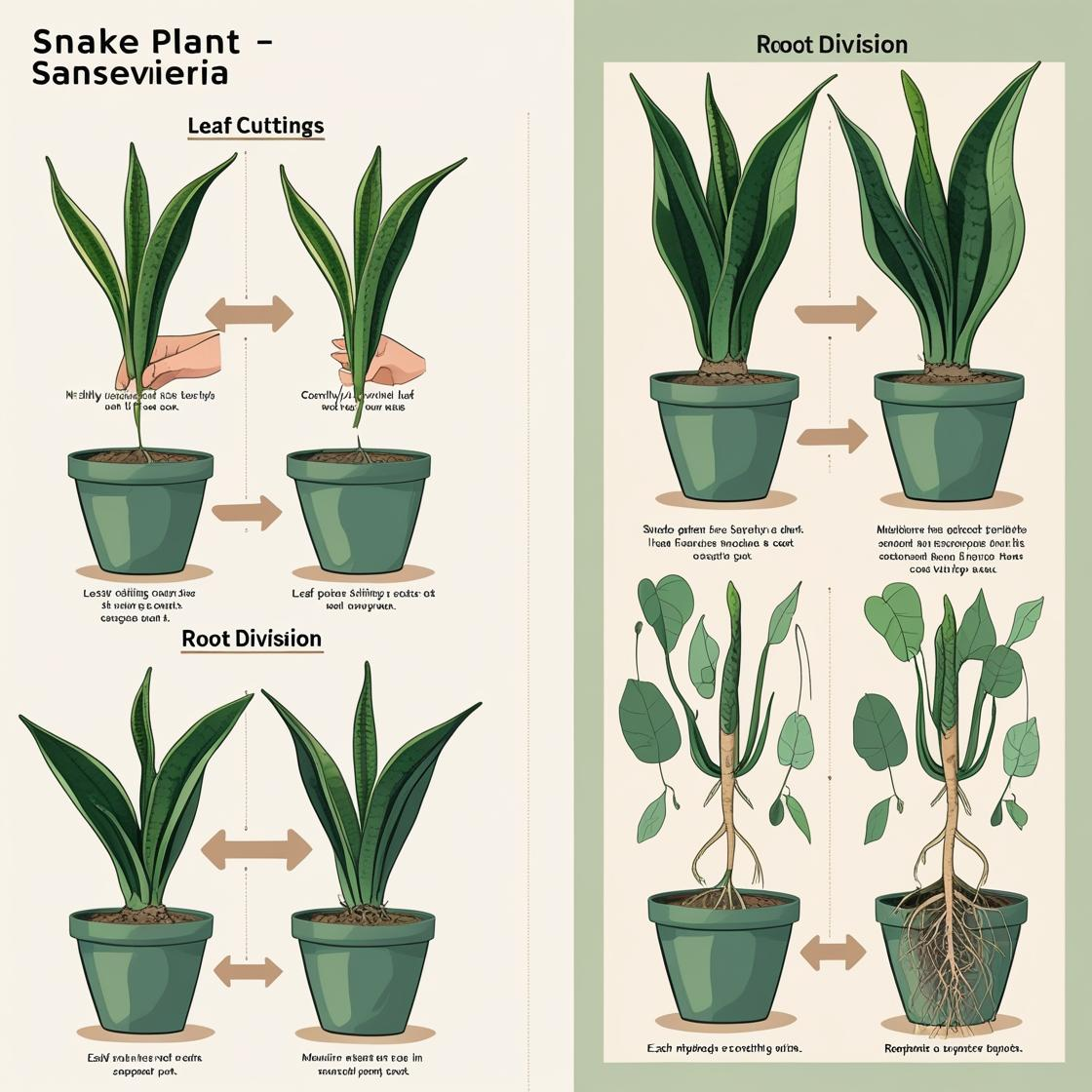
Pro tip: Division is faster than leaf cutting – simply separate baby plants (pups) from the mother plant during repotting.
Common Problems & Solutions
| Problem | Cause | Fix |
|---|---|---|
| Yellow Leaves | Overwatering | Let soil dry, trim dead parts |
| Curling Leaves | Underwatering or pests | Check soil, inspect for bugs |
| Soft/Mushy Base | Root rot from overwatering | Repot in dry soil, trim black roots |
| Brown Tips | Low humidity or water quality | Increase humidity, use filtered water |
| Slow Growth | Too little light | Move to brighter location |

Benefits of Snake Plant
🌿 Air Purification: NASA studies show Snake Plants remove formaldehyde, benzene, and xylene from indoor air
💤 Bedroom Perfect: Releases oxygen at night (unlike most plants) – ideal for better sleep
💧 Drought Tolerant: Survives weeks without water – perfect for travelers
🌱 Beginner Friendly: Nearly impossible to kill with proper drainage
🏠 Versatile Decor: Modern architectural look suits any interior style
💰 Budget Friendly: Long-lasting plant that rarely needs replacement
Frequently Asked Questions
Q: Is Snake Plant toxic to pets?
A: Yes, mildly toxic to cats and dogs if ingested. Symptoms include nausea and diarrhea. Keep away from curious pets.
Q: Can it survive in a completely dark room?
A: It will survive but grow very slowly. For best results, provide some ambient light or use a grow light occasionally.
Q: How often should I water my Snake Plant?
A: Every 2–3 weeks in growing season, monthly in winter. Always check soil dryness first – it should be completely dry before watering.
Q: Why are my Snake Plant leaves falling over?
A: Usually overwatering causing root rot, or the plant needs repotting. Check roots and soil moisture immediately.
Conclusion
The Snake Plant proves that stunning indoor plants don’t require complicated care routines. This remarkable air purifier combines striking visual appeal with bulletproof resilience, making it the perfect choice for anyone wanting beautiful indoor greenery without the stress.
With its tolerance for neglect, adaptability to various lighting conditions, and impressive air-cleaning abilities, the Snake Plant truly is the ultimate easy houseplant. Remember: less is more with watering, and your Snake Plant will reward minimal care with years of architectural beauty.
Ready to add this low-maintenance beauty to your space? Save this guide and share it with fellow plant lovers looking for their next easy-care indoor plant! 🌿

